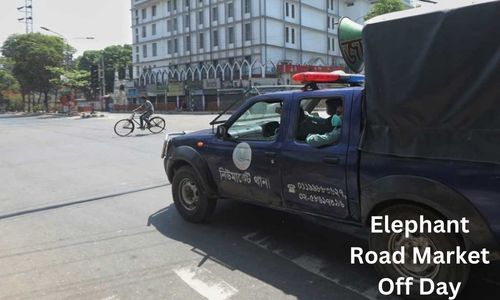Bangladesh National Zoo is a zoo located in Mirpur, Dhaka. It is an institution under the Ministry of Fisheries and Livestock, Government of Bangladesh. The zoo was established in 1950 as an animal exhibition in the High Court premises. Later the zoo was shifted to its present location in 1974 in Mirpur. In today’s article, you will know about national zoo mirpur off day.
About 30 lakh visitors visit Dhaka Zoo annually. On February 5, 2015, the name of the zoo was changed from Dhaka Zoo to Bangladesh National Zoo. Dhaka Zoo has an annual budget of Tk 37.5 million, of which Tk 25 million is spent on feeding the animals.
See also: Bashundhara City Shopping Complex Off Day
History of Bangladesh National Zoo
In the late nineteenth century, the then Nawabs founded a private zoo at Shahbagh in Dhaka city. After the creation of Pakistan in 1947, Bangladesh or the then East-Pakistan lacked a zoo. In the late fifties, a small zoo was established in front of the Supreme Court of Dhaka in the present Idgah area covering an area of 4-5 acres.
The zoo had a large pond and a balaka exhibit covering some of the shore area. There were swans, mallards, winter migratory ducks and other birds. Herons, storks and peacocks were also displayed. There were monkeys, Hanuman and deer. Among the reptiles, crocodiles and pythons were the main ones.
The first official decision to establish a modern zoo in Dhaka was taken in 1950 AD. A notification of the then Department of Agriculture, Cooperation and Relief announced the establishment of a zoo and botanical garden on the outskirts of Dhaka. The proposal was finally announced on 26 December that year.
A decade passed with the initiative to set up a zoo. On March 11, 1961, an Advisory Council was named in a notification of the Department of Food and Agriculture. The task of this council was to advise the government on the establishment and management of proposed zoos and botanical gardens.
Animal diversity in Bangladesh National Zoo
There are 2150 animals of 191 species in the Bangladesh National Zoo located in Mirpur of Dhaka city. Some of the major animals include Royal Bengal Tiger, Asiatic Lion, Saltwater Crocodile, Impala, Emu, Tapir, Asiatic Black Bear etc.
The long north-south zone of the zoo is home to horse-shaped waterbucks, zebras and other animals. Nilgai is extinct from this country. Animal museum has 240 species of stuffed animals-birds.
At the very south is the South Lake, with Acacia Island in the middle. Next door is a Kenyan one-horned rhinoceros. There are also birds like kanibak, pankauri and maschranga. The national animal of Bangladesh, the Royal Bengal Tiger (royal given to the British) will meet the Indian lion first. After the lion’s cage, the tiger and the bear’s cage. There are fast animals like cheetah.
National Zoo Schedule
Bangladesh National Zoo located in Mirpur, Dhaka is closed every Sunday. However, if Sunday is a public holiday, the place is open on that Sunday. During summer (April-October) it is open from 9 am to 6 pm. Open during winter (November-March) from 8 am to 5 pm.
Check also: Ahsan Manzil Off Day – Location, History and Opening time
Entrance fee to National Zoo
It is mandatory for the public to purchase tickets to enter the Bangladesh National Zoo. The price of each ticket to enter the zoo is only 50 Bangladeshi currency. Tk 50 ticket is applicable for everyone above two years of age. If you want to enter the museum located inside the zoo, you have to buy a ticket with an additional 10 rupees.
Students are allowed to enter the zoo by paying half of the prescribed price, in which case they have to show their student ID card. People with special needs or disabilities do not have to pay any fee, they can enter the Bangladesh National Zoo for free.
Most Attractive Things You May Like
To ensure effective management of zoos and conservation of wild animals in this country, the Zoo act was passed in 2003. With the assistance of experts, efforts are being made to establish Dhaka Zoo as the country’s central facility for controlling animal reproduction for all zoos. It is anticipated that Dhaka Zoo will be able to service the needs of other zoos both domestically and internationally.
Internships are completed by students from the Veterinary and Animal Husbandry faculty at the Dhaka Zoo and Veterinary colleges in Bangladesh. Regular visits to the Zoo by zoology students from different universities in the nation are made in connection with their academic work and research. To fulfill the expanding demand, the government is planning to build a zoo education center nearby.





